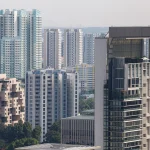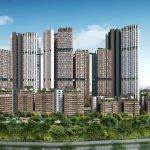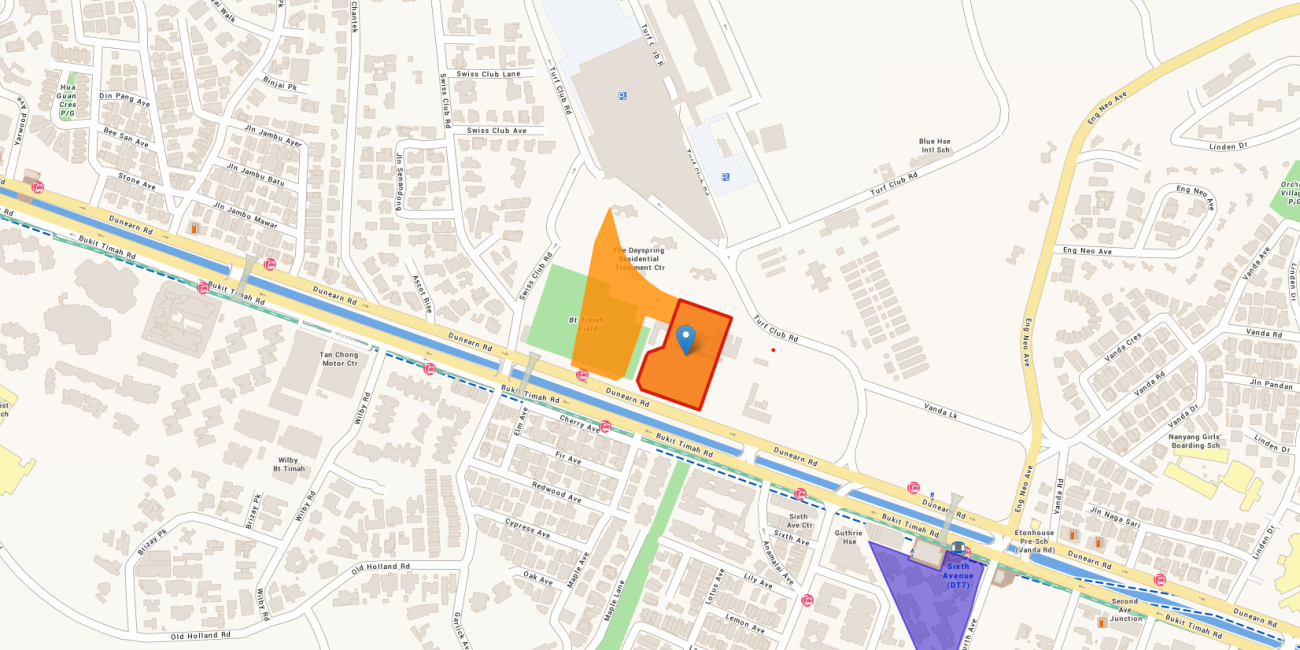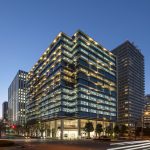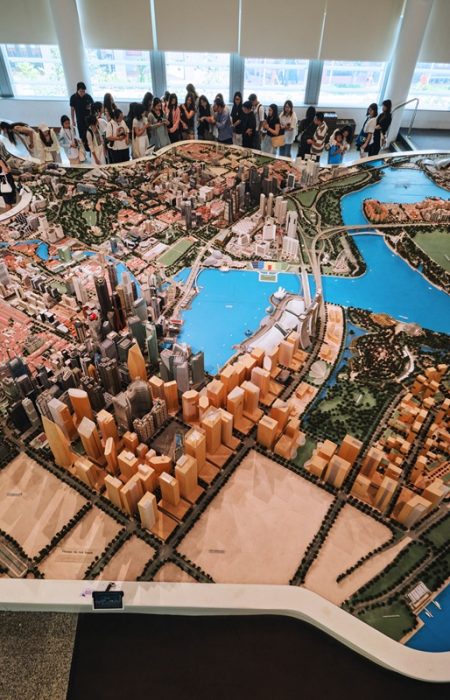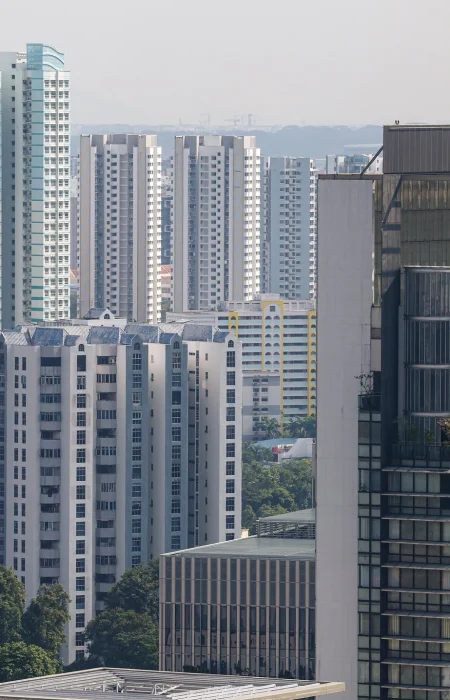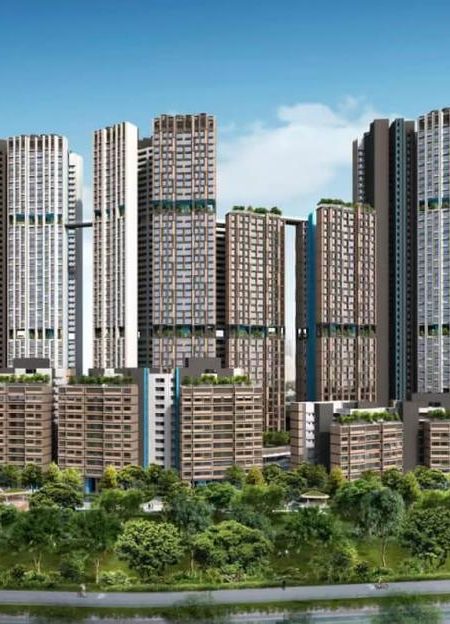The Government Land Sales (GLS) programme continues to play a crucial role in shaping Singapore’s property market. By carefully releasing land parcels for residential, commercial, and mixed-use developments, the government ensures a sustainable housing supply that balances affordability, demand, and long-term growth.
In October 2025, GLS activity reflects ongoing developer confidence despite higher interest rates and cooling measures. Let’s dive into the latest updates, tender results, and what they mean for homebuyers and investors.
1. Latest GLS Sites Released in October 2025
The Urban Redevelopment Authority (URA) and Housing & Development Board (HDB) have released several key sites in the 2H 2025 GLS confirmed list:
- Jurong Lake District (JLD):
- Mixed-use site with potential for 1,000+ homes, offices, and retail.
- Aim: Strengthen JLD as Singapore’s “second CBD.”
- Developer Interest: Strong, with multiple bids expected due to long-term growth potential.
- Tampines North (OCR):
- Large residential site near Tampines North MRT.
- Expected to yield around 800 units.
- Popular with families due to schools and amenities in the area.
- Kallang Riverside (RCR):
- Waterfront plot near the Kallang Basin.
- Potential for ~600 residential units.
- Attracting both local and foreign-backed developers.
- Woodlands Regional Centre:
- Mixed commercial-residential site near upcoming RTS link to Johor Bahru.
- Strong cross-border potential, expected to generate investor interest.
2. Developer Bidding Activity
Despite rising borrowing costs, developer interest remains selective but robust. Sites with strong connectivity, growth potential, and established amenities attract higher bids.
- OCR sites continue to see healthy competition because they cater to the largest pool of buyers (HDB upgraders).
- RCR and CCR sites are drawing more cautious bids due to higher land and construction costs.
- Average bid prices have moderated by 3–5% compared to 2024, reflecting developers’ careful balancing of costs and future buyer demand.
3. Housing Supply Outlook
The October GLS programme is expected to add over 4,000 new housing units to the pipeline. Combined with previous tenders earlier this year, Singapore is on track to meet its long-term goal of ensuring steady and affordable housing supply.
Key Highlights:
- GLS continues to support new launch pipelines in 2026–2028.
- The steady release of land parcels prevents property prices from overheating.
- Buyers can expect more project launches in OCR and RCR regions, which offer better affordability compared to CCR.
4. Impact on Property Buyers
For homebuyers, the GLS programme directly influences future new launch availability and pricing. Here’s how:
- More Choices: A wider range of projects will be launched across different regions.
- Affordability: Increased supply helps moderate price growth in both the private condo and HDB resale segments.
- Connectivity Gains: GLS sites are strategically located near MRT lines and growth hubs, adding long-term value.
5. Impact on Developers and Investors
For developers, GLS ensures a steady land pipeline but requires careful site selection.
- High Competition: Prime sites (RCR/CCR) still attract interest but face tighter margins.
- OCR Advantage: Affordable OCR sites remain the safest bet due to strong upgrader demand.
- Investment Outlook: Investors should watch for upcoming launches from GLS sites in Jurong, Tampines, and Woodlands, which are expected to generate strong rental and resale demand.
6. Government Strategy Behind GLS
The GLS programme is not just about selling land — it is a key urban planning tool. In October 2025, the release of sites reflects three government priorities:
- Balanced Supply: Prevent sharp price increases by ensuring regular land availability.
- Decentralisation: Encourage growth outside the CBD (e.g., Jurong Lake District, Woodlands, Punggol).
- Sustainability: Ensure new developments include green features, smart energy systems, and community-focused designs.
7. Buyer and Investor Tips
- For Homebuyers: Track upcoming GLS sites to anticipate where new launches will appear. Buying in early phases of a new project often offers better value.
- For Investors: Focus on GLS-driven growth regions such as Jurong Lake District and Woodlands, where government investment in infrastructure supports long-term appreciation.
- For Developers: Be strategic with bids, prioritizing OCR plots with mass-market appeal to reduce risk exposure.
8. Future Outlook
The GLS pipeline in late 2025 and 2026 will continue to shape Singapore’s real estate landscape. With upcoming mega-developments like the Paya Lebar Airbase transformation and Jurong Lake District expansion, the property market will see new growth corridors emerge.
While near-term challenges such as high construction costs and elevated interest rates remain, the GLS system ensures a stable, forward-looking housing supply that benefits both buyers and investors.
Conclusion
The October 2025 Government Land Sales programme highlights Singapore’s commitment to a stable and sustainable property market. With key sites in Jurong, Tampines, Kallang, and Woodlands, the GLS exercise is set to deliver thousands of new homes while shaping the city’s future growth hubs.
For buyers, this means greater choice and long-term value. For developers, it represents opportunities to build in strategic locations with strong demand. As always, aligning property decisions with GLS-driven growth areas will be the key to long-term success in Singapore’s real estate market.



